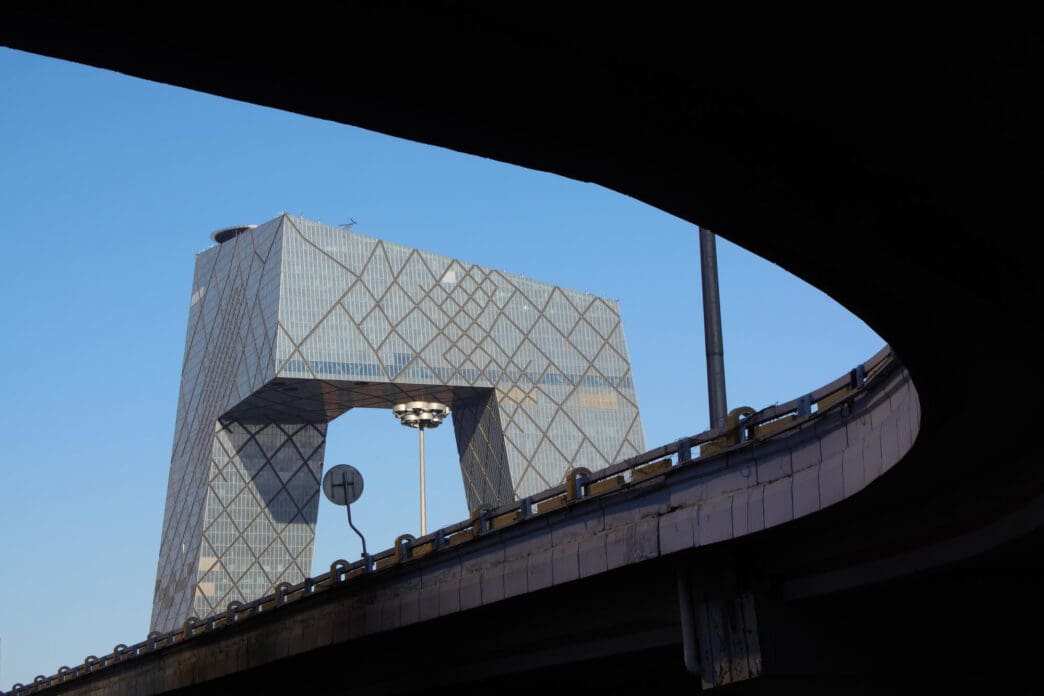Executive Summary
The Story So Far
Why This Matters
Who Thinks What?
China’s consumer prices experienced another decline in September, signaling persistent weak demand within the world’s second-largest economy. Data released by the National Bureau of Statistics (NBS) on Wednesday, October 15, 2025, showed the national consumer price index (CPI) falling 0.3 percent year-on-year. This comes as a slight narrowing in the fall of factory-gate prices offers a potential indication that Beijing’s measures to mitigate “involution”—intense intra-industry competition driving prices down—may be gaining traction.
The 0.3 percent drop in the CPI exceeded market expectations, which had forecast a 0.15 percent decrease, according to a poll by financial provider Wind. This follows a 0.4 percent year-on-year decline in the CPI recorded in August.
Deflationary Pressures and Economic Context
China continues to contend with significant deflationary pressures, primarily fueled by a combination of sluggish domestic demand and an ongoing issue of oversupply across various sectors. Furthermore, trade uncertainty reportedly complicates efforts by suppliers to reduce their excess inventory, exacerbating the economic challenges.
Dong Lijuan, a senior statistician at the NBS, attributed the year-on-year decline largely to a “tail effect,” referencing a higher comparative base from the previous year. She also highlighted lower food and energy prices as key factors contributing to the overall decrease in consumer prices.
Outlook on Economic Stability
The latest economic figures underscore China’s ongoing struggle against deflation, driven by structural issues of demand and supply. While consumer prices continue to fall, the moderation in factory-gate price declines suggests that some of Beijing’s policy interventions aimed at stabilizing the market may be starting to yield initial, albeit nascent, results.








